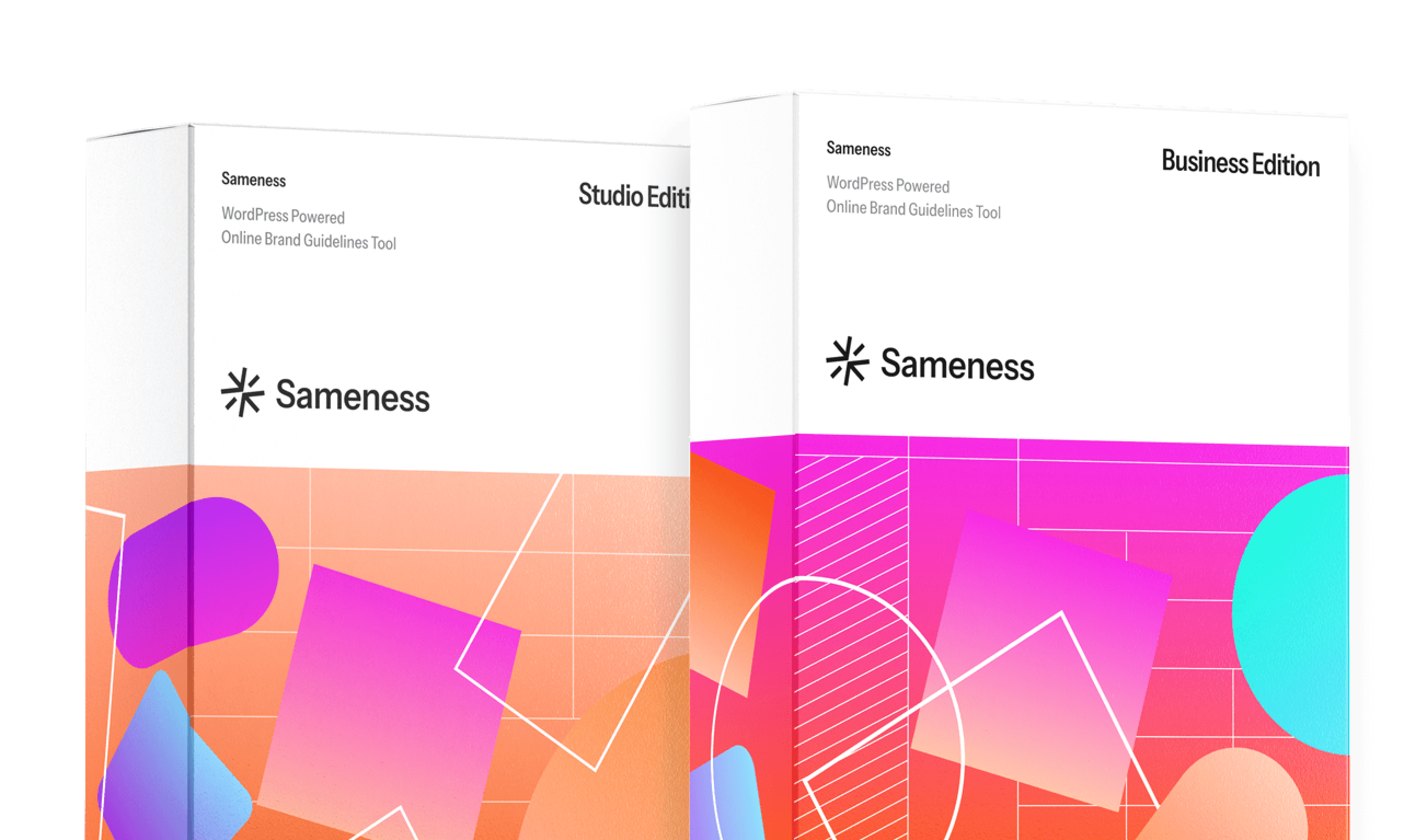See it in action - Explore our live demo
Transform your static PDFs into dynamic online brand guidelines
Real-Time Updates
Update once, update everywhere. No more chasing down outdated PDFs or wondering if your team has the latest version, changes go live instantly and reach everyone who needs them.
Stop redistributing PDFs. Changes are live the moment you hit save.
Everyone sees the same thing. Internal teams, external partners, and vendors all get instant access to your latest guidelines.
Built for the Interactive Web
Guidelines with motion, live examples, and interactive components, so teams actually understand how to use your brand, not just what it looks like.
More than a PDF. Interactive features and live previews help teams actually use your guidelines, not just skim through them.
Show, don't just tell. Motion examples and dynamic components demonstrate how your brand moves and behaves across platforms.
For the brand builders, guardians and contributors
Designers
Build online brand guidelines fast with pre-built blocks and simple controls. Focus on crafting great brand identity, not wrestling with the tools.
Marketers
Always keep your brand consistent in one place. Assets and rules stay accessible, up to date, and easy to share with collaborators, inside and outside your team.
Agencies
Manage multiple client brands with a simple, repeatable setup. Build once, deliver modern digital brand systems, no recurring fees eating your margins.
Dynamic brand management made simple
Built for Ease, Not Complexity
Drag-and-drop blocks, clean interface, no learning curve. If you've used any modern page builder, you'll feel right at home.
Built for Ease, Not Complexity
Drag-and-drop blocks, clean interface, zero learning curve. If you've used any modern page builder, you'll feel right at home. Build guidelines in minutes, not hours.
Works on Every Device
Built for desktop, tablet, and mobile. Your guidelines adapt automatically to any screen size. Publish once, access everywhere seamless experience for every stakeholder.
Make It Yours
Upload custom fonts, set your colors, adjust layouts - everything's customizable. Your guidelines should look like your brand, not a generic template.
Control Who Sees What
Password-protect individual pages to keep sensitive sections private. Share public guidelines with partners while keeping internal strategy documentation locked down.
No subscriptions, just ownership
1
One-time payment
Pay once, use forever. No monthly fees or surprise charges. Buy a license per brand and own the guidelines permanently.
2
Full control, full privacy
Self-host on your own servers. Your brand data stays yours, we never see or store it. Total privacy, zero vendor lock-in.
3
Built on Wordpress
Built on WordPress, powering 43% of the web. Familiar tools, huge plugin ecosystem, and a global dev community behind it.
Here are some answers to the most common questions from designers, agencies, and marketers. Can’t find what you need?



















